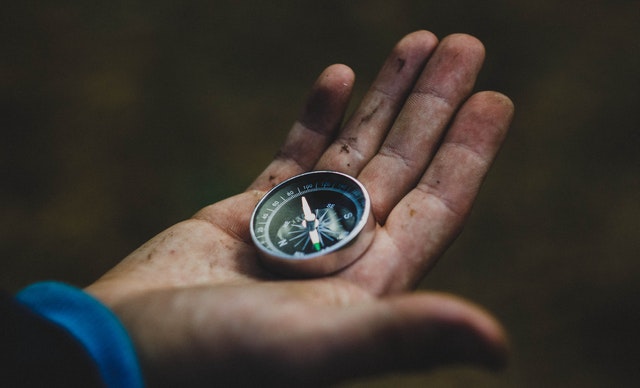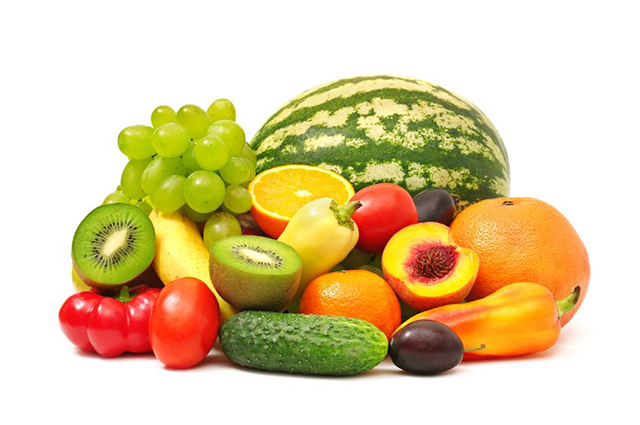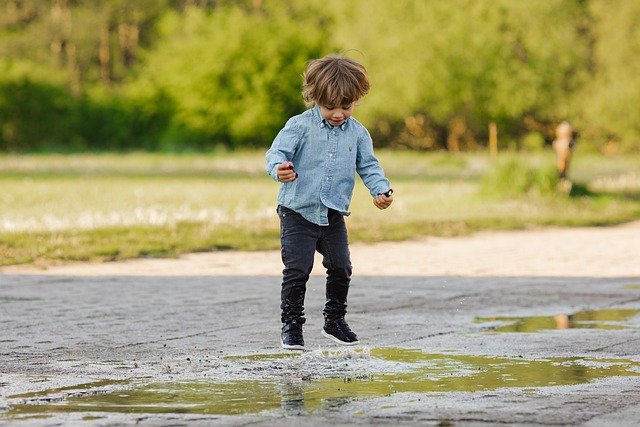Montessori facilitates an environment where children are free to explore, learn, and grow safely while providing guides to support children along the path. One assumption underlying this approach is that children are owners and active participants in their own lives who are capable of doing things on their own. We would go so far as to say that children begin to really own the choices that drive their lives and that they start growing apart from us from the second they are born. Controversial? Well, no. It is literally true the instant the cord is cut. As parents and educators we become blameworthy for developmental failures when we are accomplices in creating “adult children” rather than adults. This generally happens when we fail to become the guide that helps another human being desire to be in charge of creating their own story (hopefully one that is meaningful and fulfilling). The child that grows into an adult is the child that has had plenty of practice building the skills and traits that differentiate an adult from a 6 foot tall toddler.
Deliberate parenting
Ultimately being a guide consists of at least three things. The first is being the person who offers up proper reinforcement. Children should know it is okay to be curious and you being the person who is curious right along with them is priceless in terms of reinforcing the value. But proper reinforcement should reflect the situation at hand. Sharing excitement and giving praise when a child ties their shoe for the first time is reinforcing the joy of acquiring hard-earned and worthwhile self-esteem. On the flip side, having a celebration when they tie them for the tenth time is akin to teaching them that if the world expects them to do the mundane things that all of us must do then it better tell them how great they are each time. It is the difference between reinforcing an accomplishment versus an expectation. Mom and Dad – get good at recognizing the difference between these two.
The second thing we have in mind about what makes a good guide are boundaries. Allowing a child to do whatever they want wherever and whenever they want is a recipe for creating an entitled pseudo-adult at best (and a monster at worst). Building boundaries that help a child learn and grow is critical. Some of this is having rules that you consistently enforce and that help your child understand that they are not the only person in the world who matters. There will be good ways and bad ways to interact with others – but they must interact. Children won’t be great at any of the social/emotional stuff at age 3. Without practice, they also won’t be great with any of it at 15. And that will make them prone to a lot of very bad things. Another part of this is rules that keep them safe. Playing in traffic, getting into the chemicals under the sink, and playing with fire are all things that are better learned by giving boundaries than by experience.
The third thing is giving them a safe environment to grow. Just as rules facilitate expectations of emotional growth and self-preservation, a well thought out environment facilitates intellectual growth. This is absolutely core to Montessori. We prepare a safe environment with progressively difficult work for children to master and give them the freedom to explore their curiosity. This creates real challenges for them that eventually drive successes. These successes provide earned self-esteem and a desire to repeat the process of confronting challenges again and again. There is the added benefit that the environments are organized and enticing to a child (sort of like a supermarket checkout stand display, only filled with things they are allowed to touch). An environment that is laid out properly is also easy to keep organized. This helps children learn that they are capable of life skills like picking up after themselves without needing adult help. There is no reason to do anything different at home. Minimize what is in play areas so that children are presented with enough options to pique their curiosity and encourage play, but not so many that they can’t make a choice and instead just pull everything out in a pointless fashion. Aside from encouraging positive choice making, this also makes cleanup easier. Cleanup time tantrums tend to be related to the size and complexity of the mess. A small child can easily see the process of picking up one or two items and putting them back where they go. A dozen different toys strewn all over the place that need to go back in a space that resembles a junk pile is a very different experience. This also becomes a cyclical problem for obvious reasons.
Becoming a worthy guide
If you read our blogs you probably know what is coming next. If you are going to raise a child to become an adult who is curious and self-directed then you need to be that adult. We are referring to the one who has been able to develop in a positive fashion and is capable of living in the messy world that adults inhabit (where children are not allowed). The process of growth and change never stops and how you handle it will be picked up on by your children. I was originally a scientist and then a data analyst until my life was disrupted by a seemingly random 22-year foray into the tech industry. After returning to data science for a bit I am once again changing jobs and heading back to tech to design and build cloud platforms. Part of this change is driven by a desire for new challenges. The rest is fueled by some combination of perceived stasis as well as feeling like there are things left to be learned. At my core I know that I need to grow myself because I know there is more to know and greater things to aspire to be. I want my kids to feel the same way and act deliberately to change their circumstance when they do. The time adults should be afraid is when they think they have it all figured out and decide to just stay in their cocoon. I promise you, if you have hit your first midlife crisis (which is occurring later and later as the pace to adulthood slows) and you lock onto some ideology, group, or substance to make yourself more comfortable then you are stalling and settling rather than embracing life and growth. This means that you are also missing an opportunity to teach your kids something that is really valuable. They are free to adapt and change what isn’t working for them. AKA – they can own their own life.
Rather than give in to the easy paths, be a guide for your kids instead. Find ways to challenge yourself and experience the joy that comes from accomplishing something you didn’t know you could do. Comfort zones don’t create adults. Practice staying within your own boundaries. Rather than simple rules children need to learn, boundaries for adults mean doing the hard things that help you rise above the fray. Treat others with the respect they deserve. Be patient when impatience rules the day around you. Tell yourself you will do better every day. It matters. Finally, create the environment that gives you a place to explore and then start exploring. It can be an alcove in your house, a small space in your office, a bench in the garage, or even a trail you make to explore a local wooded area. Just make one that will allow you to show time and again that you can do more than you thought. When you are “playing” in your space and pushing yourself out of your comfort zone, let your kids know what you are doing and why. This is how you ensure your children know that growth is a process they should pursue and own while they welcome all of the challenges and uncertainty it brings. The rewards for doing so are huge. As a parent of four children that are now largely grown I promise that the rewards for being the guide your child needs are even bigger.





